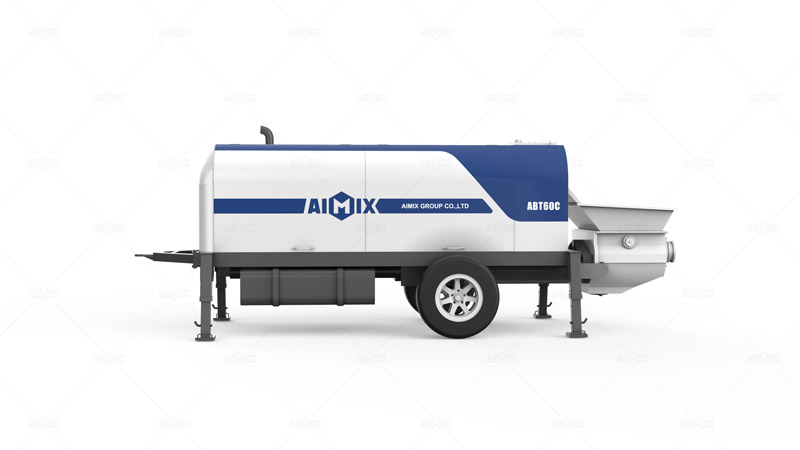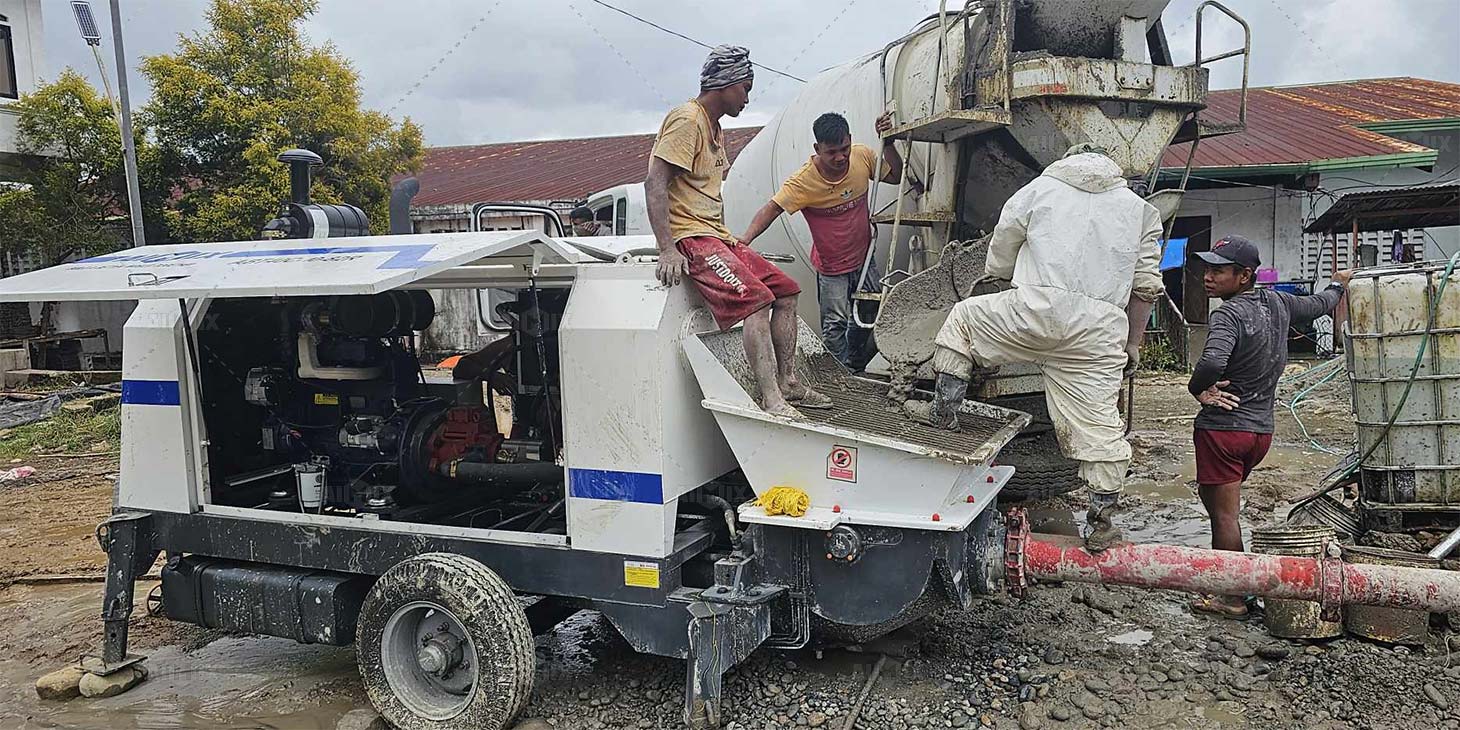Beyond the Limits: Understanding the Delivery Range of Stationary Concrete Pumps
The stationary concrete pump, a workhorse of modern construction, is often relegated to the background when discussions of innovation and technology arise. Yet, its capabilities are nothing short of remarkable, particularly when considering the distance over which it can deliver concrete. These machines, anchored in place yet powerful beyond measure, redefine the boundaries of what is possible in construction. The delivery distance of a stationary concrete pump is a testament to engineering ingenuity, blending raw power with precision control to achieve extraordinary feats. To fully appreciate these machines, one must delve into the factors that influence their delivery range and the technology that enables them to perform under varying conditions.
Factors Influencing Delivery Distance
Pressure and Power: The Dynamic Duo
At the heart of any stationary concrete pump’s ability to deliver concrete over long distances lies the interplay between pressure and power. The pump’s engine generates the force required to push the concrete through a series of pipes, while the pressure created within the system determines how far that concrete can travel. A high-powered engine combined with optimal pressure settings can propel concrete to incredible distances, overcoming gravitational challenges and friction within the pipes. However, this balance must be meticulously managed, as too much pressure can cause the pipes to burst, while too little renders the pump ineffective.

Pipeline Configuration: The Pathway to Success
The layout and design of the pipeline through which the concrete travels play a critical role in determining the delivery distance. Factors such as the diameter of the pipes, the number of bends and elbows, and the overall length of the pipeline all contribute to the pump’s performance. Wider pipes reduce frictional losses, allowing the concrete to flow more freely, while a straight pipeline minimizes the energy lost to directional changes. Additionally, the material of the pipes and their maintenance state can either enhance or inhibit the pump’s ability to deliver concrete over long distances. Proper planning and design of the pipeline configuration are essential to maximizing the potential reach of a concrete trailer pump.
The Technology Behind Long-Distance Concrete Delivery
Advanced Hydraulic Systems: Precision in Motion
The efficiency and effectiveness of stationary concrete pumps are largely dependent on the sophistication of their hydraulic systems. These systems, which convert mechanical energy into hydraulic power, are the driving force behind the pump’s ability to maintain consistent pressure over long distances. Modern hydraulic systems are equipped with sensors and control mechanisms that adjust the flow of hydraulic fluid in real-time, ensuring that the concrete is delivered smoothly and without interruption. This technology allows the pump to adapt to changing conditions, such as varying concrete consistencies or pipeline obstructions, maintaining optimal performance throughout the operation.

Pump Design Innovations: Pushing the Boundaries
In recent years, advancements in pump design have further extended the delivery capabilities of stationary concrete pumps. Innovations such as dual-piston pumps, which alternate between two pistons to maintain a continuous flow of concrete, have reduced the pulsation effects that can limit delivery distance. Additionally, the use of wear-resistant materials in the construction of pump components has increased the longevity and reliability of the mini concrete pumps, enabling them to perform under demanding conditions without frequent maintenance. These design improvements have not only enhanced the range of stationary concrete pumps but have also expanded their application in complex construction projects where long-distance delivery is required.
Maximizing the Potential of Stationary Concrete Pumps
Operational Best Practices: The Key to Success
To achieve the maximum delivery distance with a stationary concrete pump, operators must adhere to a set of best practices that optimize the pump’s performance. This includes regularly inspecting and maintaining the pipeline to prevent blockages, ensuring that the pump is operating within its specified pressure limits, and using the correct concrete mix for the job. Operators must also be skilled in adjusting the pump’s settings in response to real-time feedback from the hydraulic system, making split-second decisions that can make the difference between success and failure. By following these best practices, construction teams can unlock the full potential of their stationary concrete pumps, achieving delivery distances that were once thought impossible.
Innovative Applications: Expanding Horizons
The ability to deliver concrete over long distances has opened up new possibilities in the construction industry. Stationary concrete pumps are now used in projects that were previously deemed too challenging, such as high-rise buildings, expansive infrastructure developments, and remote construction sites. These pumps have revolutionized the way concrete is delivered, enabling construction teams to overcome geographical obstacles and reach new heights, both literally and figuratively. As technology continues to evolve, the delivery capabilities of stationary concrete pumps will only increase, pushing the boundaries of what is possible in the world of construction.


